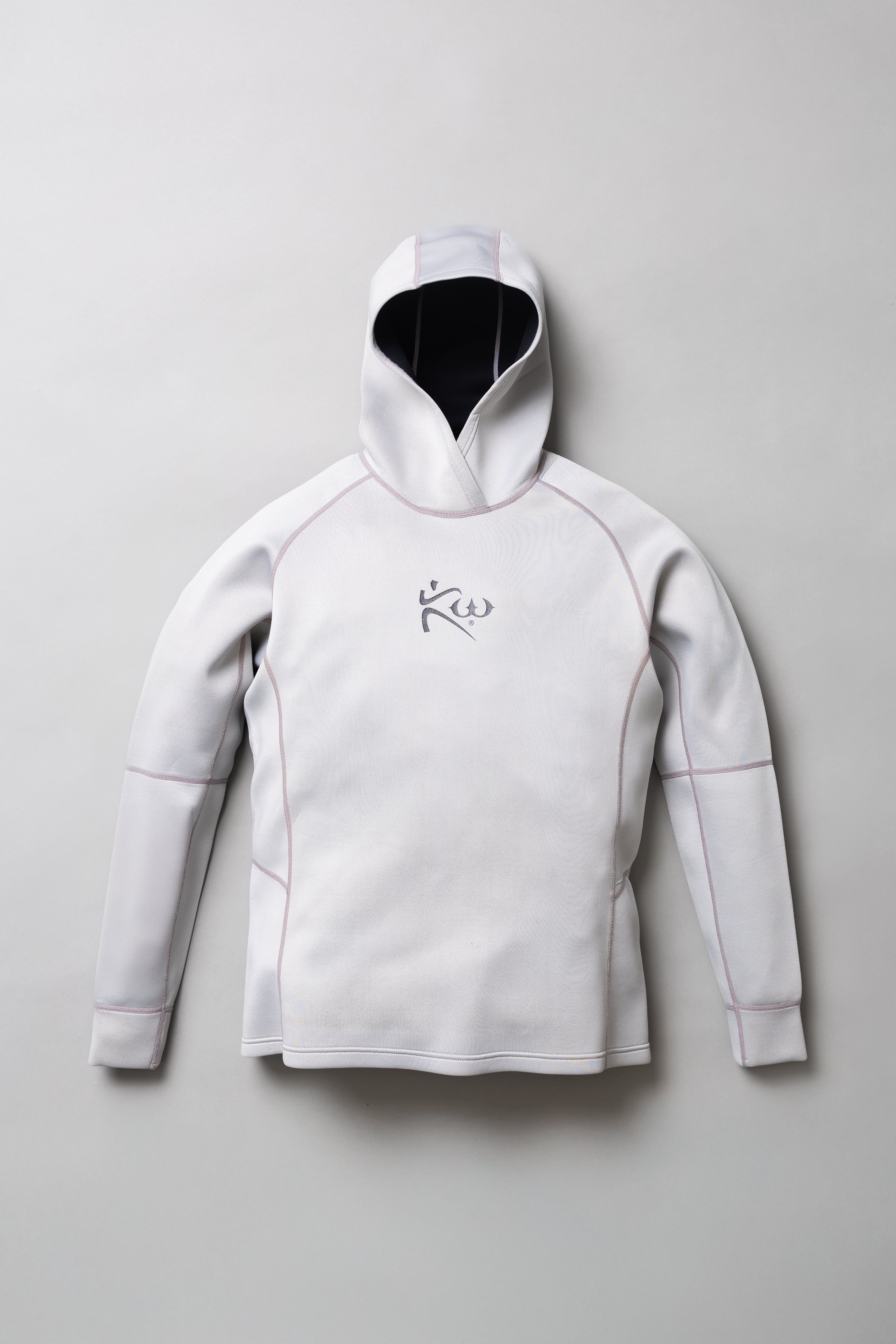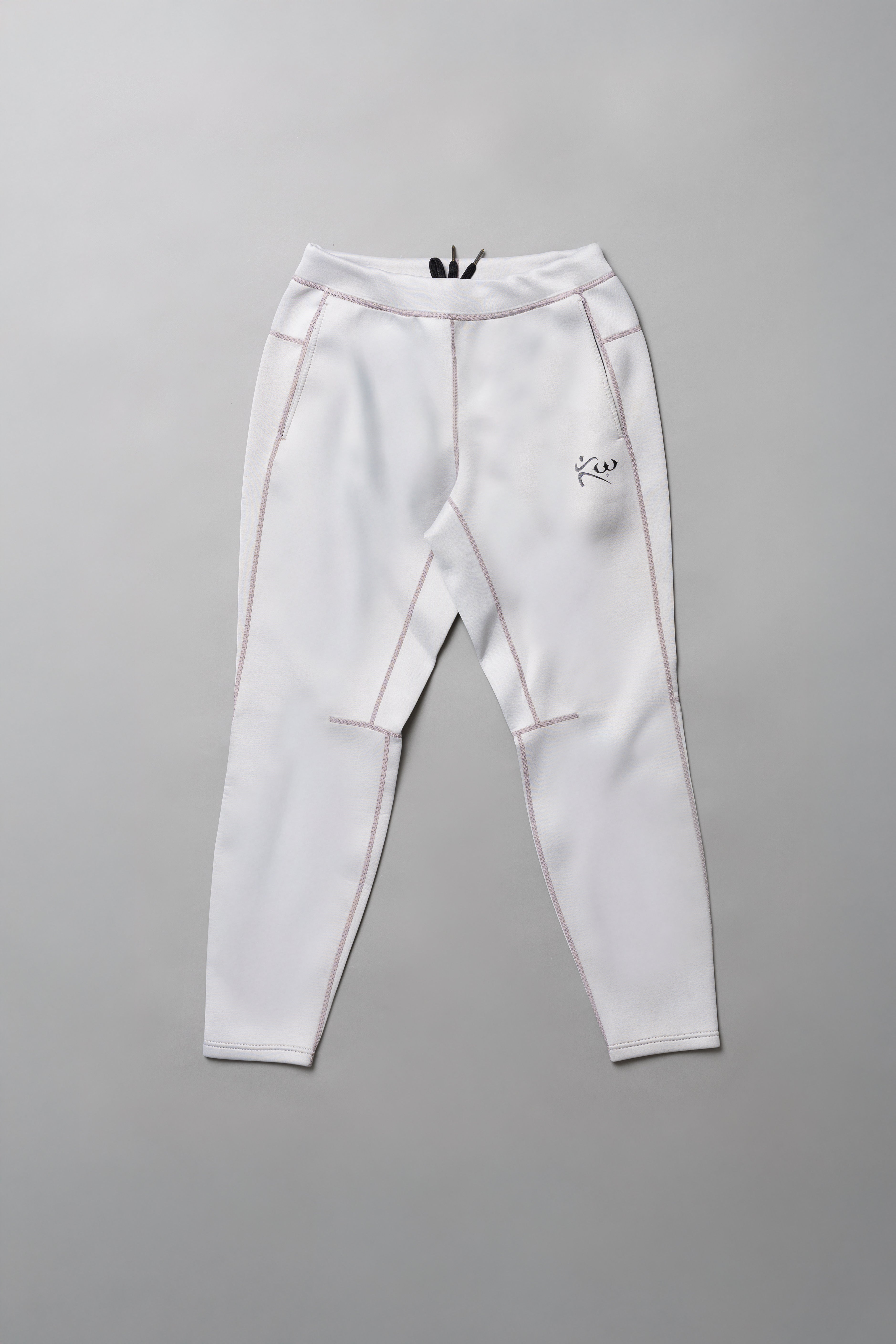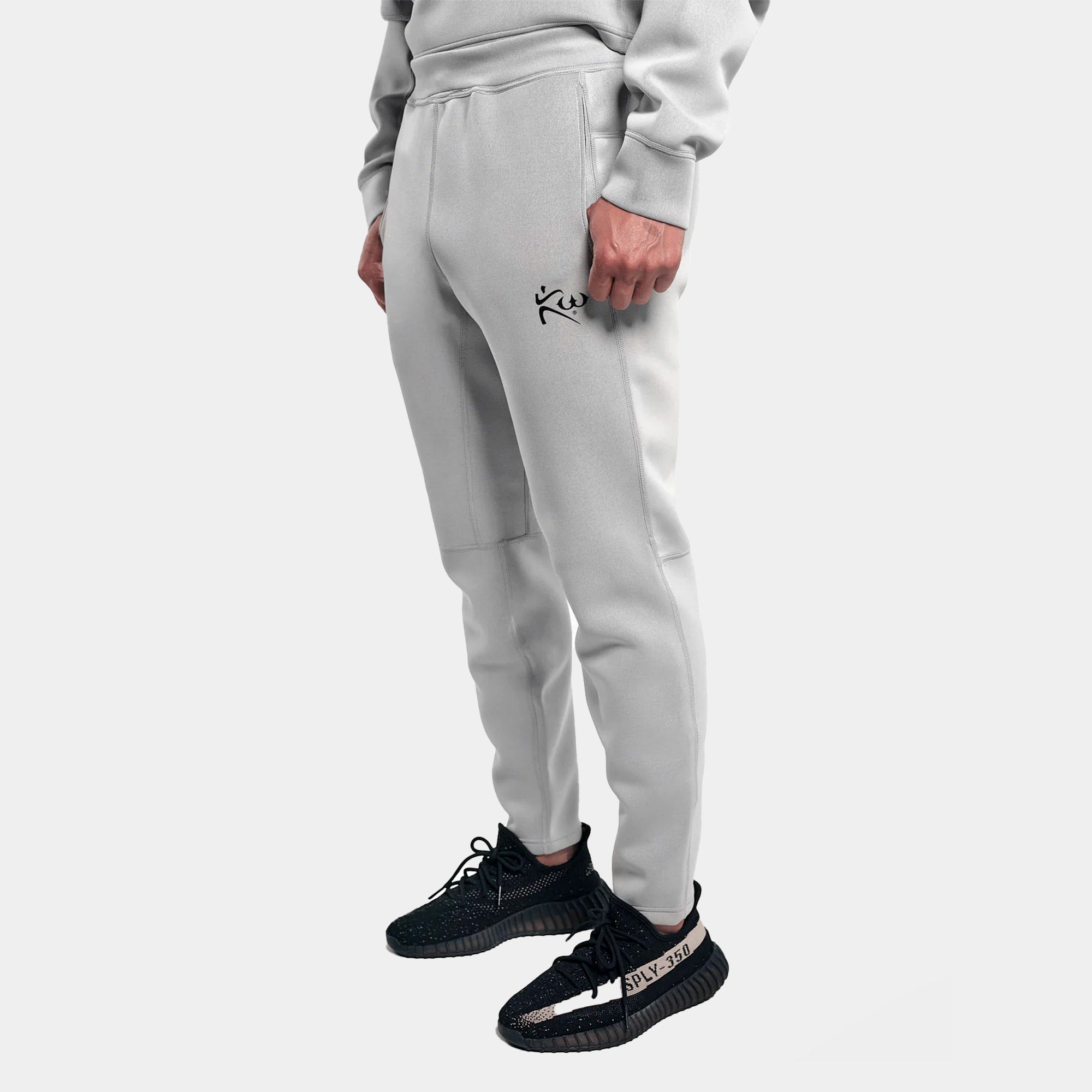CHRONIC HEALTH AND PERFORMANCE BENEFITS OF EXERCISE WITH THE KUTTING WEIGHT® SAUNA SUIT: TECHNICAL REPORT
Lance C. Dalleck, PhD
High Altitude Exercise Physiology Program
Western State Colorado University
Gunnison, CO
Brief background and rationale for study:
It has been well-established in the scientific literature that exposure to an environmental stressor (e.g., altitude, and heat) confers numerous health and performance benefits. For instance, nearly 20 years ago it was first shown that living at altitude while simultaneously training at sea level (i.e., the ‘live high-train low’ paradigm) significantly improved aerobic endurance performance beyond levels achieved by living and training at sea level alone (Levine and Stray-Gundersen, 1997). Heat acclimation has also been demonstrated to provide substantial environmental specific improvements in aerobic endurance performance (Lorenzo et al., 2010). Indeed, Sawka and colleagues (1985) reported a significant improvement in maximal aerobic power (VO2max) following a 9-day simulated heat acclimation training program. More recently, it has been demonstrated that 3 weeks of post-exercise sauna bathing elicits an improvement in endurance running performance, most likely due to an increase in plasma volume (Scoon et al., 2007). Additionally, chronic exposure to heat stress (in the form of sauna bathing) has been reported to be associated with a reduced risk of cardiovascular disease and mortality from all-causes (Laukkanen et al., 2015). An alternative method to simulate heat stress and thus elicit the various favorable adaptations is through use of a sauna suit; however, this strategy has not been previously explored. Therefore, Dr. Lance Dalleck and his research team at Western State Colorado University performed a study to examine the potential health and performance benefits of chronic exercise with the Kutting Weight® sauna suit. It was hypothesized that regular exercise with a Kutting Weight® sauna suit would improve cardiometabolic health and exercise performance.
The study:
- Physically active, healthy men (N= 12) were recruited
- At baseline and post-6wk exercise training the following assessments and exercise tests were completed:
- Height, body mass, and waist circumference
- Resting heart rate
- Resting systolic and diastolic blood pressure
- Lipid profile and fasting blood glucose
- Body composition from hydrostatic weighing
- Maximal exercise test on a cycle ergometer to determine VO2max, peak power output, and ventilatory threshold (VT) values
- Time trial to fatigue at 60% peak power output in a simulated hot environment (33°C-91.4°F)
- The 6wk exercise training program consisted of 30min of exercise on a cycle ergometer at moderate-intensity (55-60% heart rate reserve) for 5 days/wk
- All exercise sessions were completed while wearing a Kutting Weight sauna suit and performed in controlled environmental conditions (19°C-66.2°F)
- Participants were instructed to maintain their normal physical activity and dietary regimens
The results:
The intervention was well tolerated for all 12 participants. Each of the 12 participants completed all 30 scheduled exercise training sessions. Moreover, there were no adverse events experienced across all exercise training and exercise testing sessions.
Cardiometabolic results
The physical and cardiometabolic characteristics for participants at baseline and post-6wk exercise training are shown in Table 1. After 6wk, there were significant improvements (p < 0.05) in resting heart rate, resting systolic and diastolic blood pressure, body composition, HDL cholesterol, and triglycerides. In contrast, body mass, waist circumference, total cholesterol, LDL cholesterol, and blood glucose were relatively unchanged (p > 0.05) following 6wk exercise training.
Table 1. Physical and cardiometabolic characteristics at baseline and 6wk. (Values are mean ± SD).
|
Characteristic |
Baseline |
6wk |
% change |
|
Age (yr) |
25.3 ± 7.3 |
____ |
____ |
|
Height (cm) |
179.6 ± 5.7 |
____ |
____ |
|
Body mass (kg) |
78.6 ± 7.6 |
78.2 ± 7.0 |
-0.5% |
|
Waist circumference (cm) |
81.4 ± 5.7 |
80.8 ± 5.6 |
-0.7% |
|
Body fat (%) |
14.6 ± 3.3 |
13.1 ± 2.9* |
-10.3% |
|
Resting HR (b×min-1) |
60.6 ± 9.2 |
57.4 ± 9.3* |
-5.3% |
|
Systolic BP (mmHg) |
118.8 ± 3.0 |
117.1 ± 2.6* |
-1.4% |
|
Diastolic BP (mmHg) |
79.7 ± 4.8 |
77.2 ± 5.0* |
-3.1% |
|
Total cholesterol (mg×dL-1) |
177.0 ± 19.2 |
171.3 ± 14.1 |
-3.2% |
|
HDL cholesterol (mg×dL-1) |
54.8 ± 14.3 |
58.3 ± 11.9* |
+6.4% |
|
LDL cholesterol (mg×dL-1) |
96.7 ± 18.0 |
94.5 ± 16.8 |
-2.3% |
|
Triglycerides (mg×dL-1) |
106.3 ± 58.1 |
89.8 ± 52.4* |
-15.5% |
|
Blood Glucose (mg×dL-1) |
84.3 ± 6.0 |
83.0 ± 6.4 |
-1.5% |
* Within-group change is significantly different from baseline, p < 0.05.
Performance results
The performance outcomes for participants at baseline and post-6wk exercise training are shown in Table 2. After 6wk, there were significant improvements (p < 0.05) in peak power output, metabolic threshold, and VO2max.
Table 2. Performance variables at baseline and 6wk. (Values are mean ± SD).
|
Variable |
Baseline |
6wk |
% change |
|
Peak power output (Watts) |
357.8 ± 66.6 |
371.3 ± 66.3* |
+3.8% |
|
Metabolic threshold (%) |
66.9 ± 7.7 |
72.5 ± 7.1* |
+8.4% |
|
VO2max (mL×kg-1×min-1) |
50.4 ± 8.8 |
51.7 ± 8.3* |
+2.6% |
* Within-group change is significantly different from baseline, p < 0.05.
Heat acclimation results
The time trial to fatigue performance was significantly (p < 0.05) improved following 6wk exercise training with the Kutting Weight sauna suit (Figure 1). There were similar (p > 0.05) peak heart rate responses during the time trial to fatigue tests at baseline and post-6wk exercise training (175 vs. 173 b×min-1).

Figure 1.
Practical applications:
This study is the first to demonstrate that chronic exercise with a Kutting Weight® sauna suit confers numerous cardiometabolic and performance benefits. Additionally, it was clearly shown that time trial in the heat is substantially augmented by regular training with a Kutting Weight® sauna suit. Indeed, following 6wk of moderate-intensity exercise training with a sauna suit, time trial to fatigue in a simulated hot environment increased by more than 13 minutes from 21min 35 sec to 34 min 47 sec (a robust 61.7% improvement).
Previous research has shown that chronic exposure to heat stress (in the form of sauna bathing) is linked with reduced risk for both cardiovascular disease and mortality from all-causes (Laukkanen et al., 2015). The favorable changes in various cardiometabolic risk factors (body composition, blood pressure, and lipid profile) observed in the present study following training with the sauna suit provide a likely mechanistic explanation for why chronic exposure to heat stress improves long-term health. Moreover, the improvements in body composition, blood pressure, and lipid profile in the present study are comparable to those reported in the literature following regular exercise training (Dalleck, 2011). Notably, the positive changes in cardiometabolic health observed in the current study were elicited in a shorter timeframe when compared to previous research (Dalleck, 2011). This finding suggests that moderate-intensity exercise with a sauna suit may permit individuals to more rapidly achieve health-related goals.
In addition to providing important health, performance, and heat acclimation benefits, exercise while wearing a Kutting Weight sauna suit also proved to be extremely safe. There were 360 total exercise sessions spanning a total of 180 hours training in the sauna suit. There were no adverse events reported and all physiological responses remained within normal ranges.
Overall, exercise completed with the Kutting Weight® sauna suit provides individuals with a practical and safe alternative to achieve important health- and performance-related goals. Moreover, the simulated heat stress environment created by wearing a sauna suit during exercise training resulted in improved heat tolerance. This finding provides individuals who compete in, but do not have regular access to, hot environments with a practical and economical training solution to enhance heat tolerance and improve exercise performance in the heat.
List of references:
- Dalleck LC. Great expectations: set your clients up for success by setting attainable goals. ACE Certified News. December 2011.
- Laukkanen T, Khan H, Zaccardi F, Laukkanen JA. Association between sauna bathing and fatal cardiovascular and all-cause mortality events. JAMA Intern Med. 2015. 175(4):542-8.
- Levine BD, Stray-Gundersen J. “Living high–training low”: effect of moderate-altitude acclimatization with low-altitude training on performance. J Appl Physiol. 1997. 83(1):102-112.
- Lorenzo S, Halliwill JR, Sawka MN, Minson CT. Heat acclimation improves exercise performance. J Appl Physiol (1985). 2010. 109(4):1140-1147.
- Sawka MN, Young AJ, Cadarette BS, Levine L, Pandolf KB. Influence of heat stress and acclimation on maximal aerobic power. Eur J Appl Physiol Occup Physiol. 1985. 53(4):294-298.
- Scoon GS, Hopkins WG, Mayhew S, Cotter JD. Effect of post-exercise sauna bathing on the endurance performance of competitive male runners. J Sci Med Sport. 2007. 10(4):259-262.
- Tags: clothing Exercise & Fitness
0 comments









